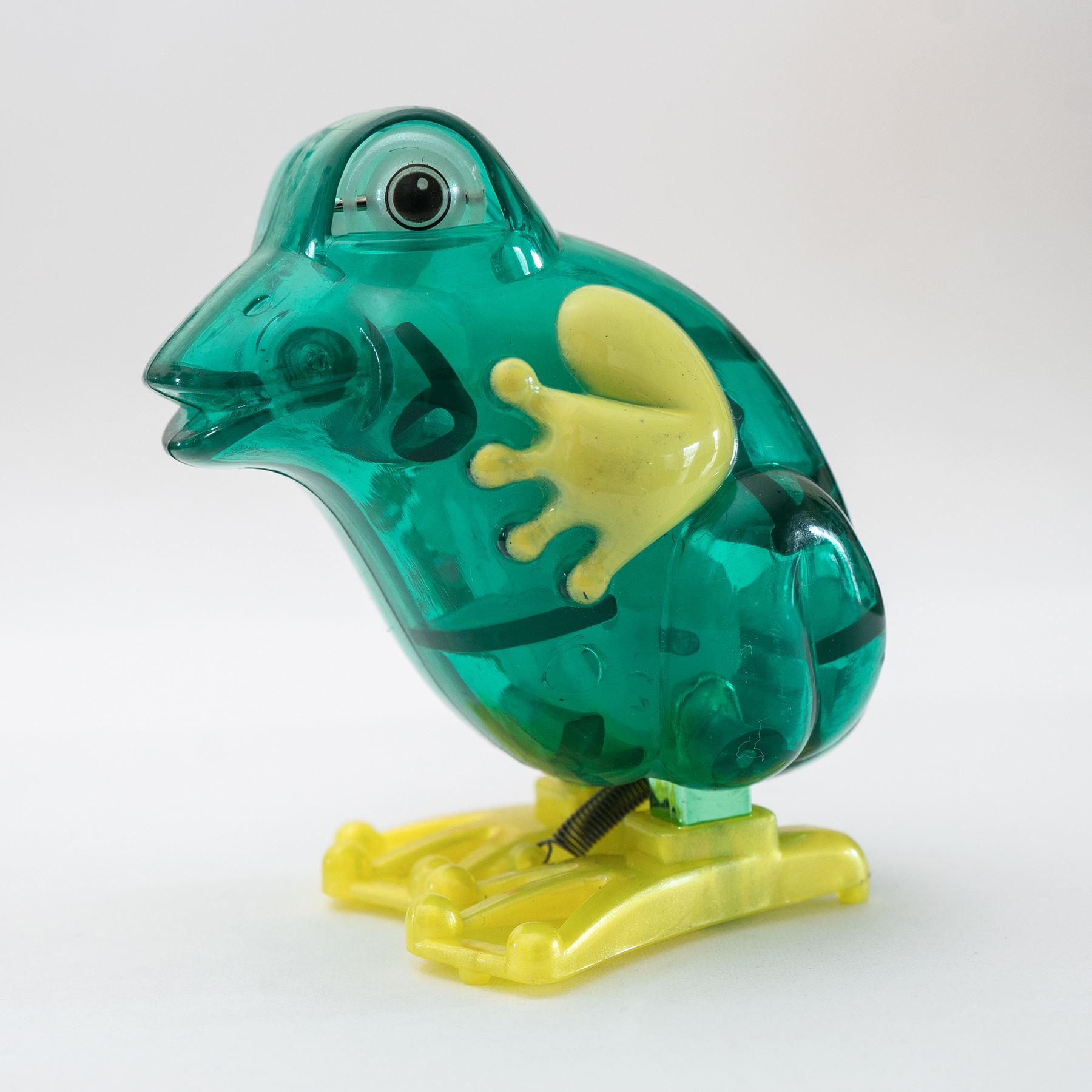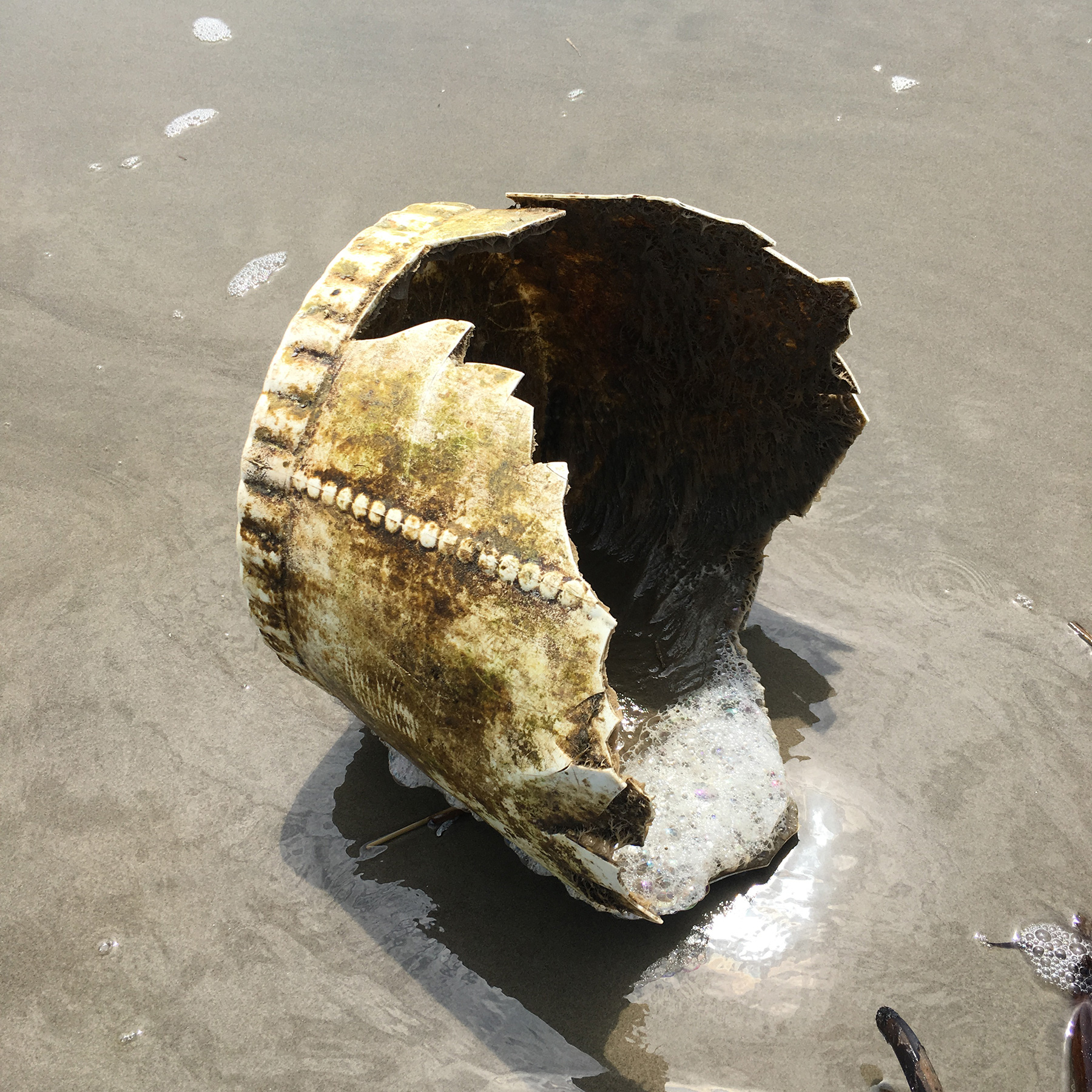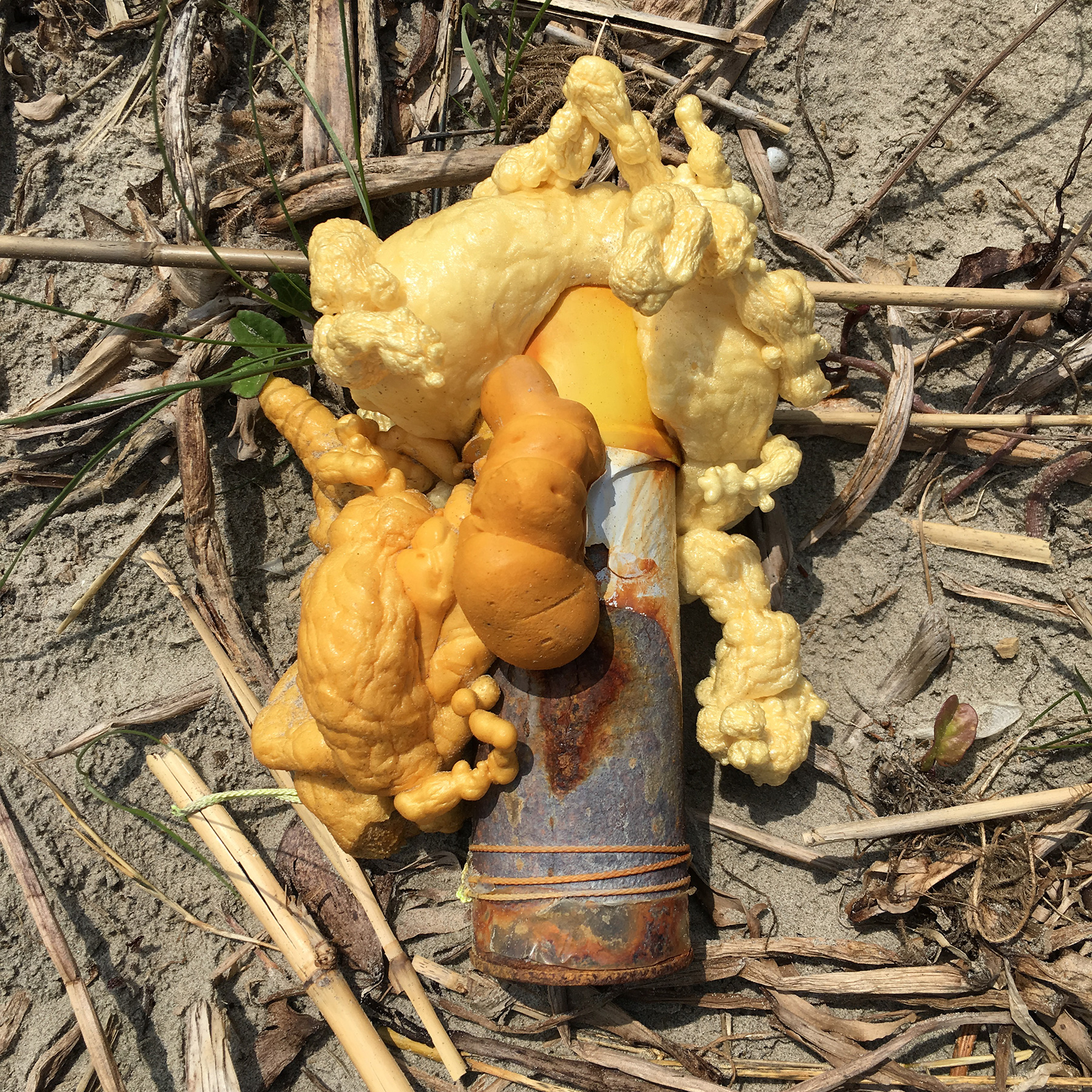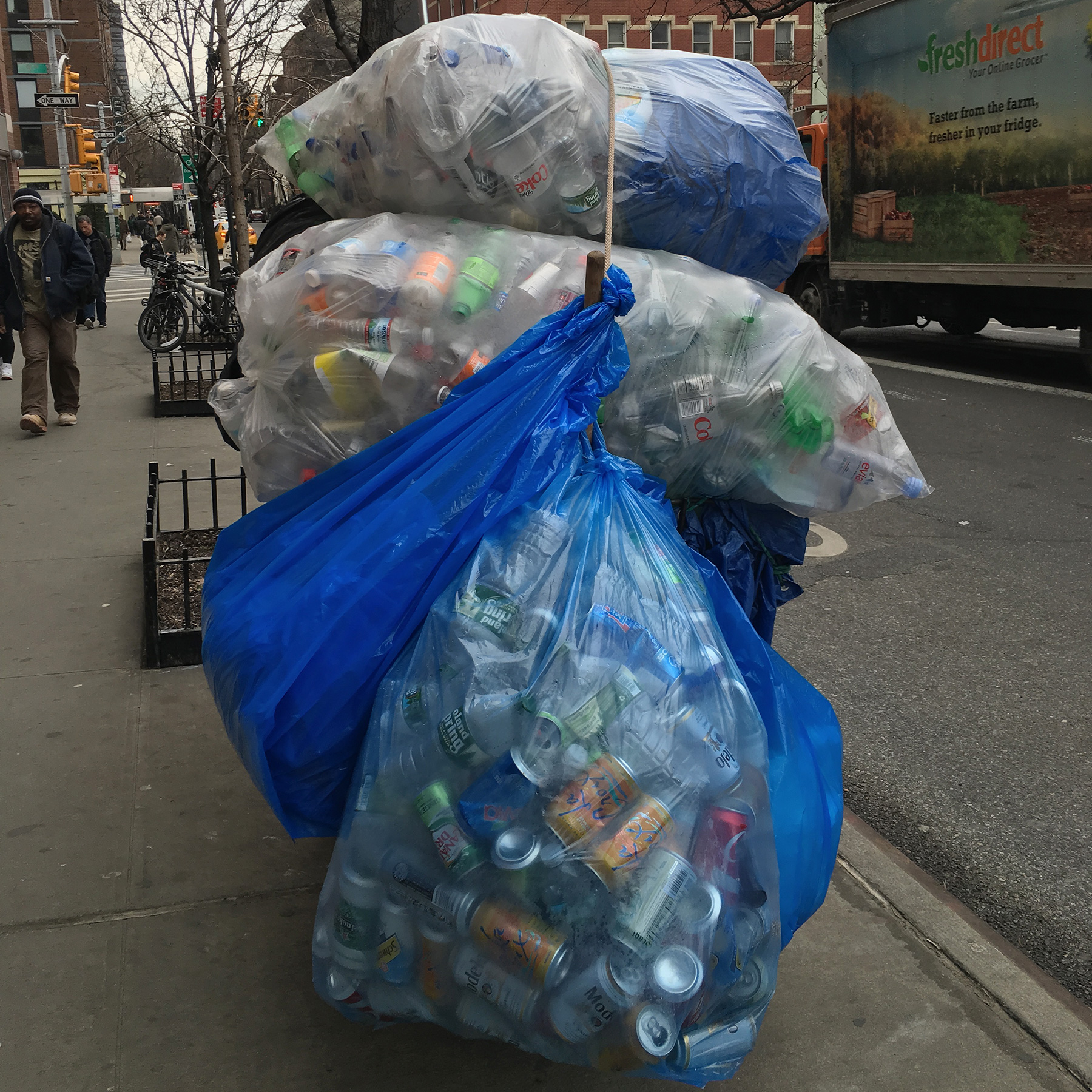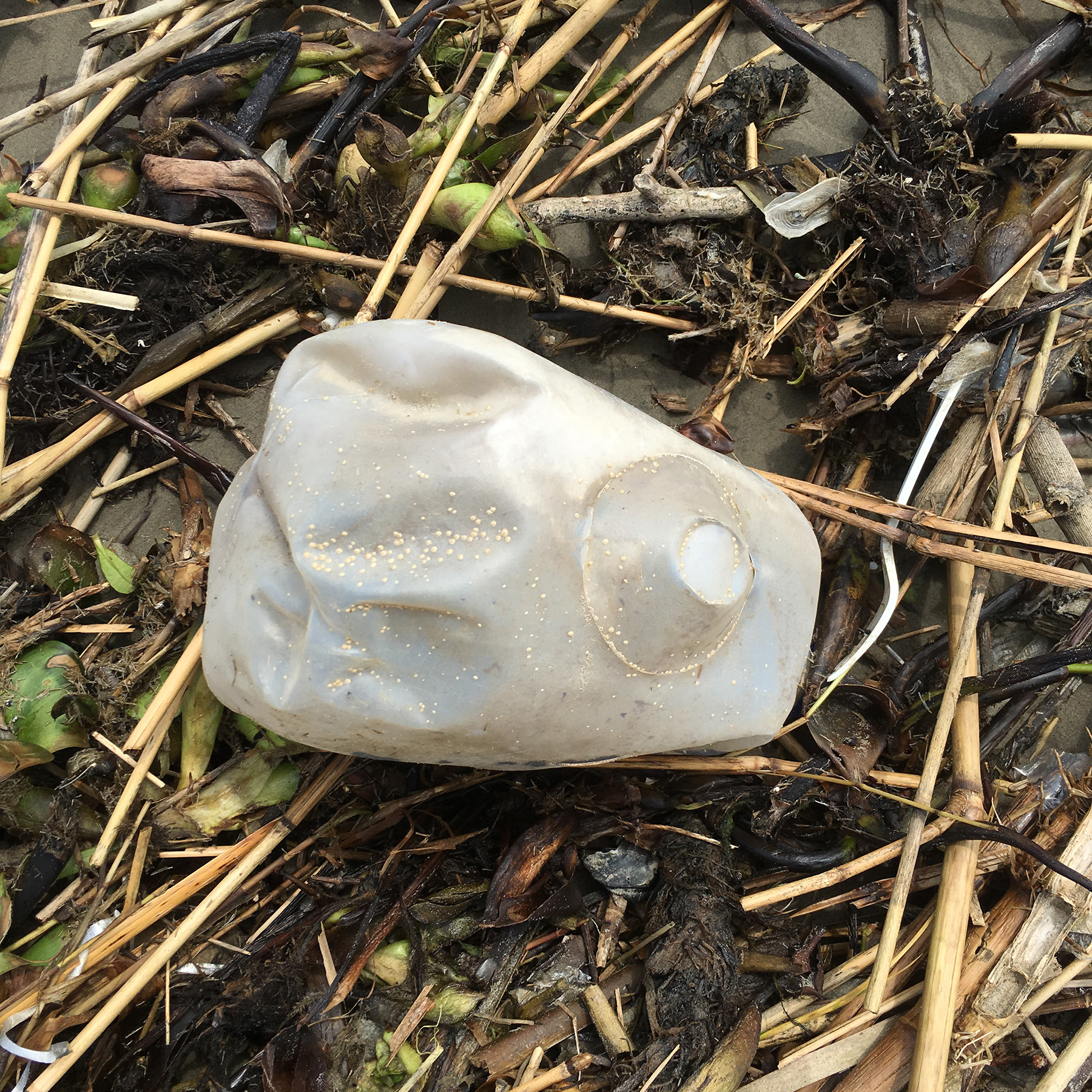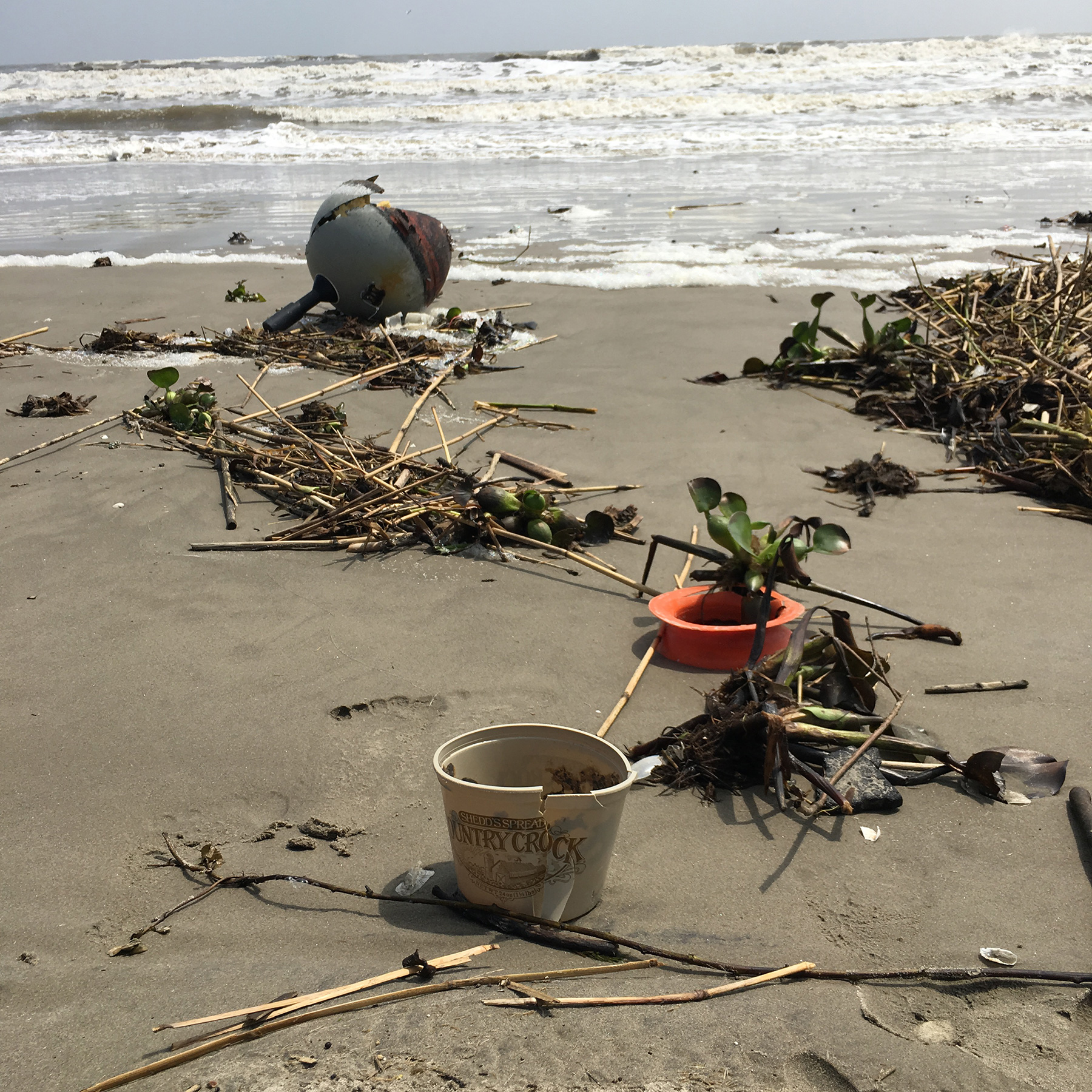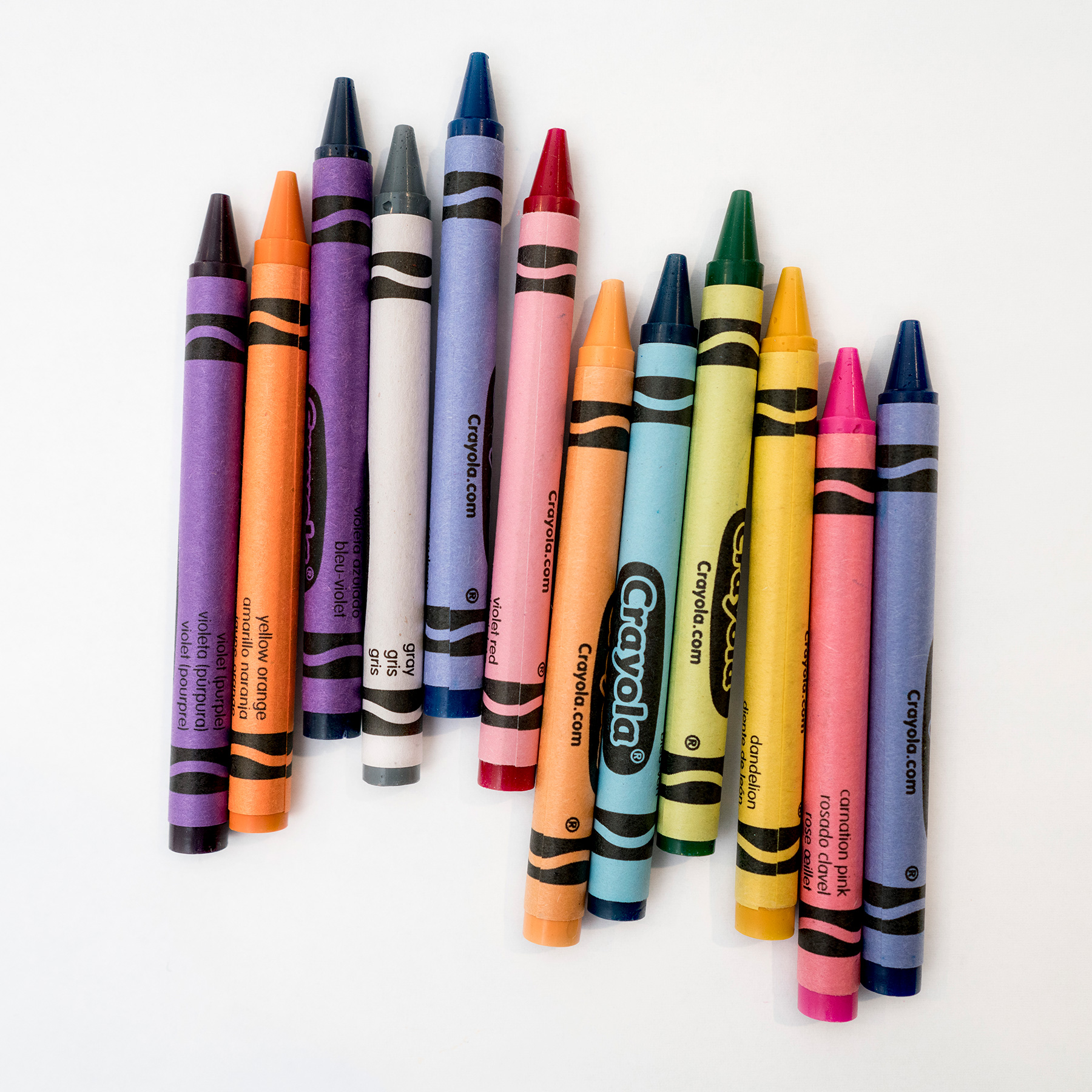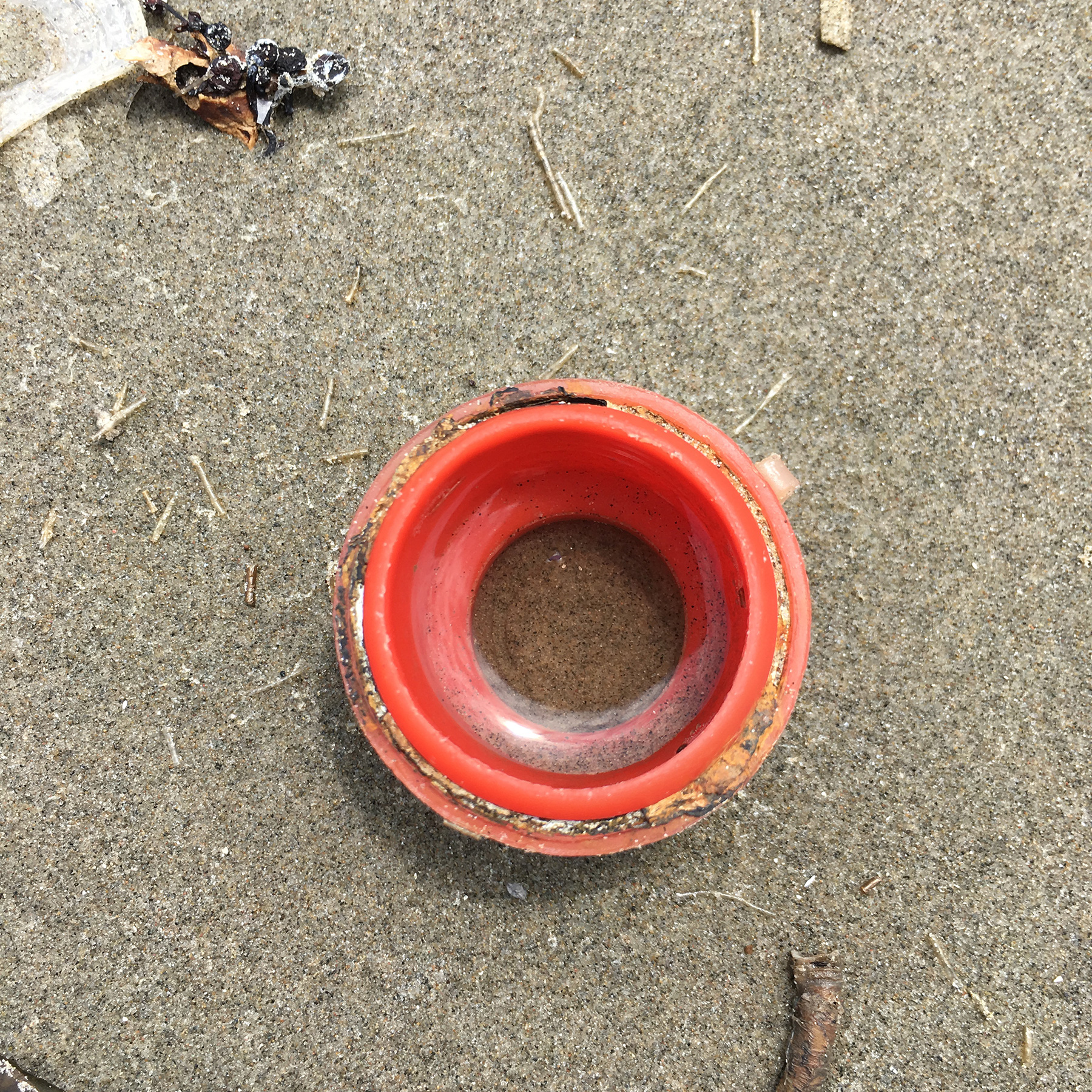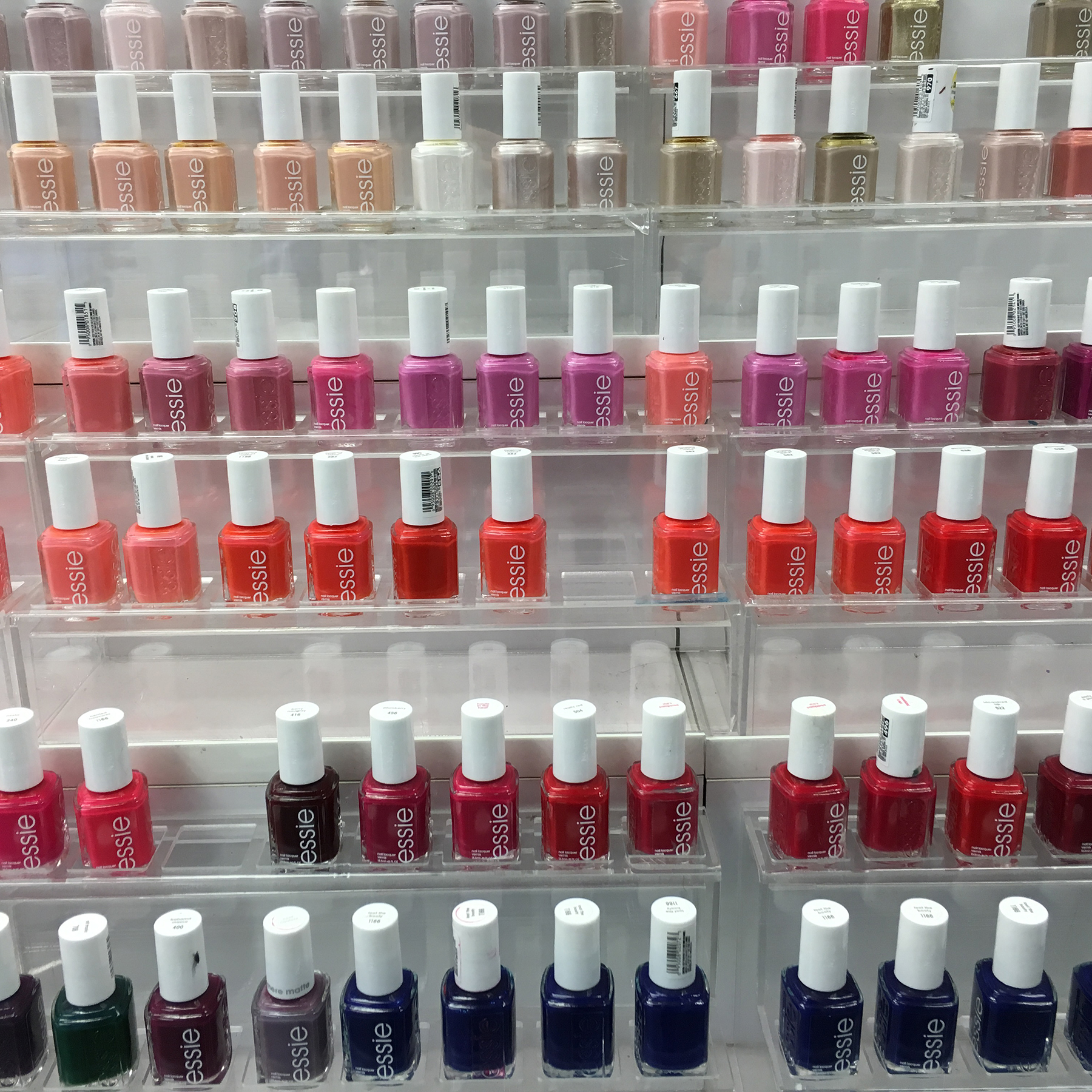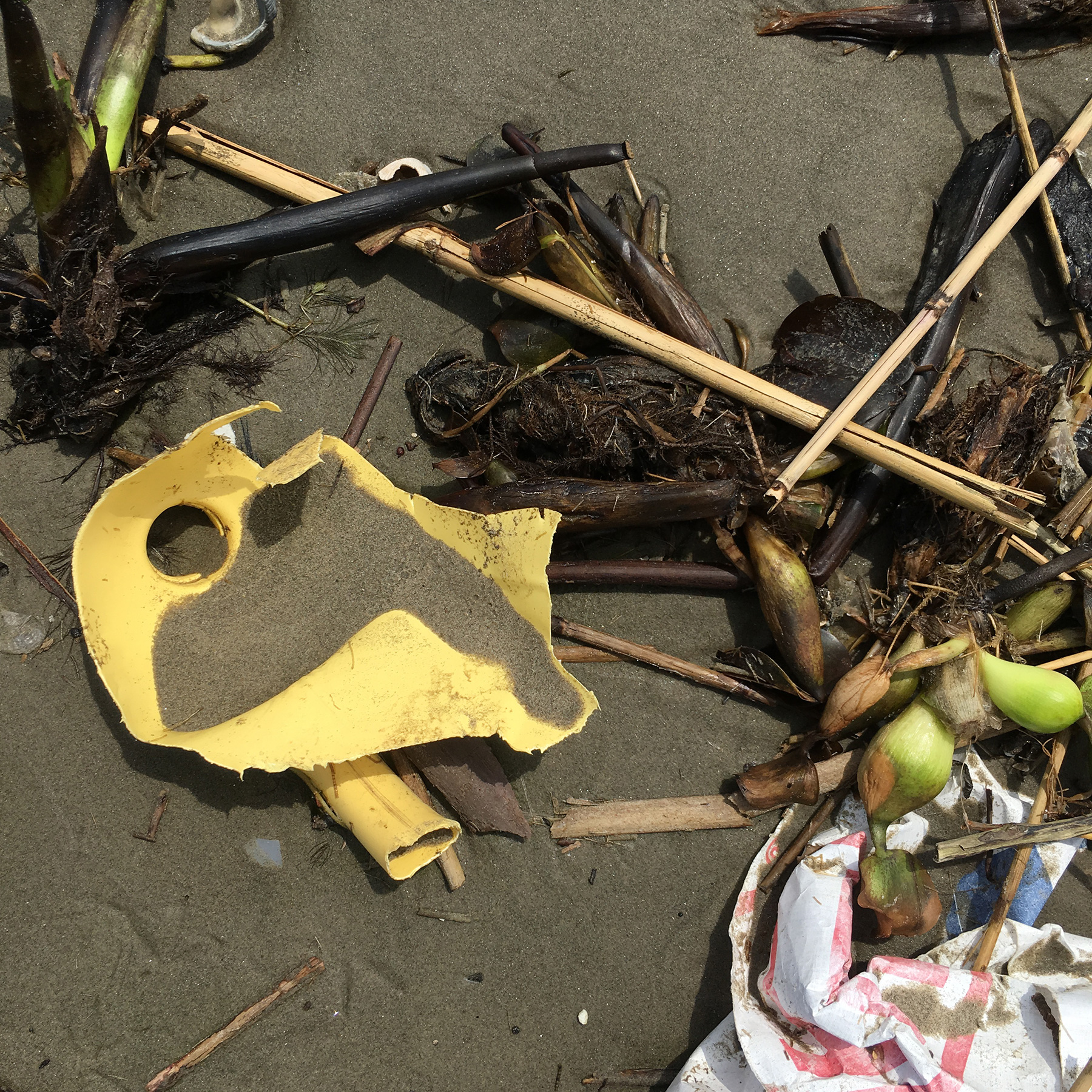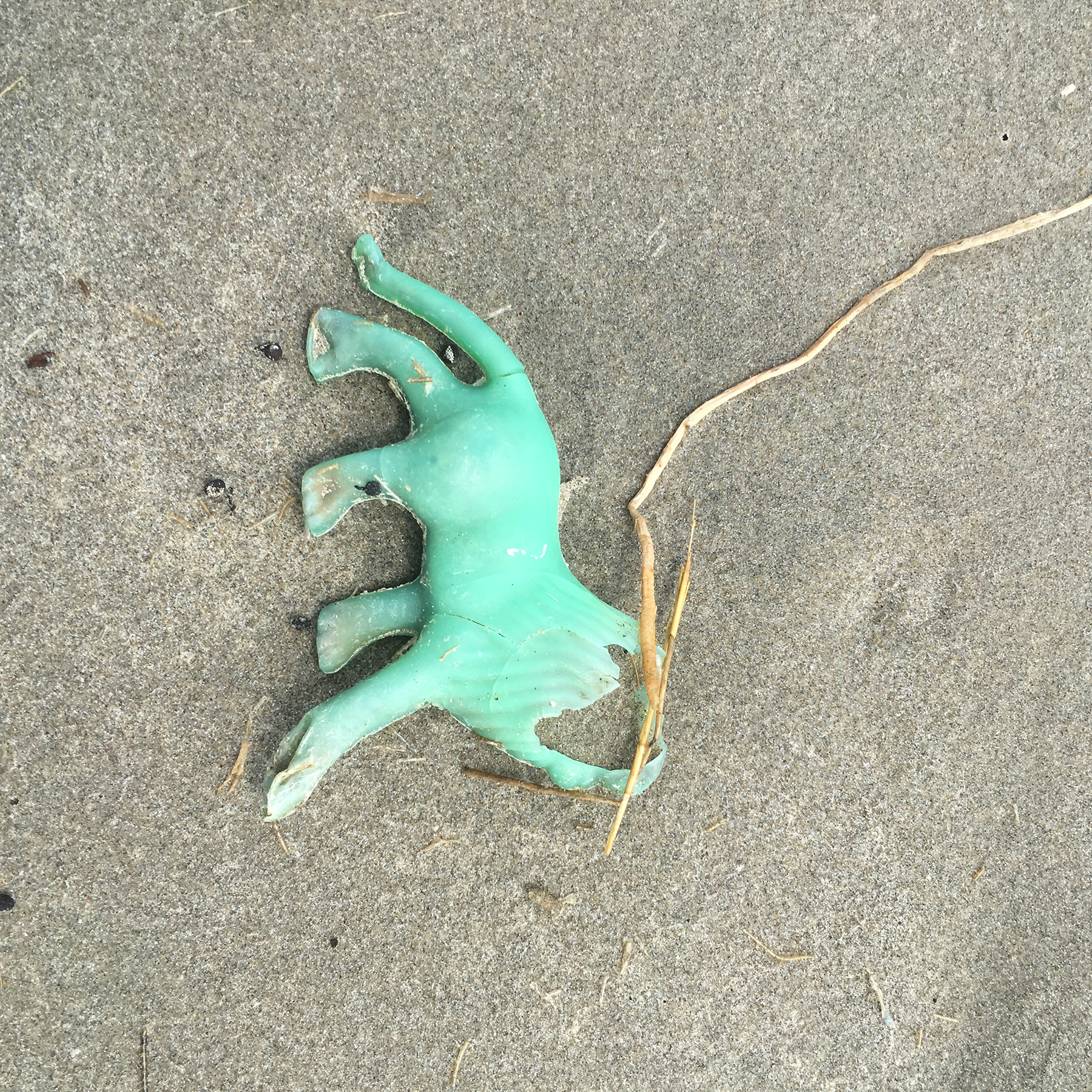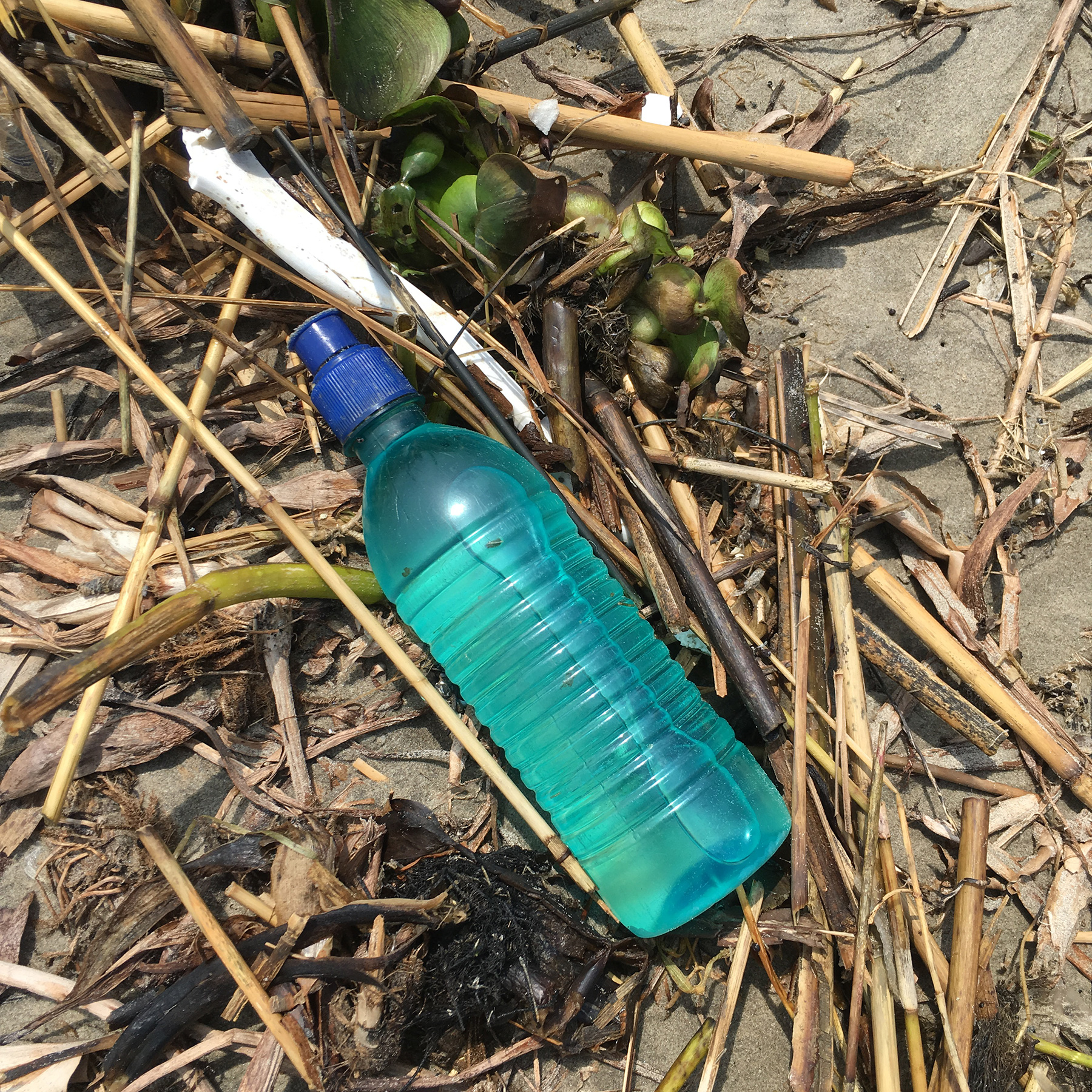Following the second World War the petrochemical industry evolved rapidly as it increased the production of plastic which is derived from petroleum. Now, there is hardly any aspect of life where plastic and petroleum do not play a role — as you sit reading this there is undoubtedly a petroleum derived object within arm’s reach, if it’s not already on or in you.
That means that petroleum derivatives are in things like your computer, your camera, pens, and the phone you text with and talk on. If you have children, petroleum derivatives are in their toys and crayons. If you’re wearing acrylic, polyester, nylon or spandex petroleum derivatives are in them too. Petroleum derivatives are also in toothpaste in the form of sodium saccharin, it’s in shampoos and conditioners in the form of sodium lauryl sulfate, and in M&Ms and other foods that contain dyes such as Red 40, Yellow 5, and Yellow 6.
Although plastics provide us with many things to make our lives easier, disposing of them is a huge problem. Plastic bottles take anywhere between 450 and 1,000 years to break down and about 1.5 million barrels of oil are used every year to make the bottles—and that’s not counting the oil it takes to transport the huge amounts of water to their place of sale.
- Pounds of plastic in the world’s oceans: 8,000,000
- Average lifespan for a plastic bottle: 450 years
- Pieces of plastic in the world’s oceans:5,000,000,000,000,000
- Water bottles thrown away by Americans each year: 35,000,000,000
- Pounds of plastic thrown away by Americans annually: 185
- Time it takes polystyrene foam to degrade: 5,000 years
- Fish and sea mammals killed annually by plastic: 100,000
- Percentage of plastic in the ocean that originated on land: 80%
800 million tons of plastic are discarded into the ocean each year. Each year in the United States the EPA estimates that 380 billion bags are consumed annually and many of them are not recycled. Every time a bag is tossed on the street or isn't recycled, it may end up in the ocean because these items can be blown to the shore by the wind or picked up by waterways that eventually feed into the ocean.
But there are projects underway to turn things around. Some companies have begun recycling programs where bags and other plastics found in the environment are collected and made into usable objects again and the Ocean Cleaning Project is trying to rid the world’s oceans of plastic altogether. And of course you can make sure that you recycle as much as you can and use alternatives by using reusable bags whenever you shop.
Articles on petroleum derivatives in food & cosmetics:
- Pop Tarts, M&Ms, And Cheetos: Children’s Foods That Contain Petroleum Derivatives, Simple Organic Life
- Oil Is In Everything, From Shampoo To Vitamins, Huffington Post
- 144 items made from petroleum, Ranken-Energy
- Oil: Crude Oil and Petroleum Products Explained, U.S. Energy Information Administration
- 4 Dangers of Food Dyes, Global Healing Center
- Is Red Dye 40 Toxic, Healthline
- Lipstick: The Most Dangerous of All Cosmetics Green Living
- Harmful Cosmetic Ingredients, Canadian Family,
- How to Identify Petrochemicals in Your Cosmetics, Beauty Revolution
Wind turbines outside of a Whole Foods store in Brooklyn, New York. The supermarket chain uses RECs to offset their power consumption.
Until recently, pretty much the only choice for industrial societies to power themselves was through carbon emitting sources such as petroleum and and coal. However, that’s changing. For the first time in history entire nations (Costa Rica, Portugal, Germany, Denmark and the island of El Hierro in Spain) are generating so much renewable energy that they’re close or entirely able to power themselves for days at a time while emitting drastically fewer or no greenhouse gases. While the United States lags far behind the world in its ability to generate clean energy, it is beginning to do so at a greater pace—and, if you are reading this in the United States, there are choices you can make to power your home without emitting greenhouse gasses.
Homeowners and renters can choose to power their homes through what are called RECs. RECs provide people with the choice to opt out of carbon generated sources of energy. For more information, visit the EPA’s Green Power Supply Options page.
Photos left and right: Products in everyday life that are made from petroleum or contain petroleum derivatives and, below, those products in the environment. Most plastics take 450 years to break down. Credit: All images Jake Price.

